The Alarming Rise in Home Insurance Troubles
Across the United States, a growing number of homeowners are facing significant challenges in maintaining continuous home insurance coverage. Data reveals a concerning trend: a rise in both rising home insurance cancellations and nonrenewals. This situation is leaving many families vulnerable to substantial financial losses, particularly in areas increasingly susceptible to natural disasters.
For many Americans, a home is their most valuable asset. Homeowners insurance serves as a critical safeguard, providing financial protection against damage or loss from various perils, such as fires, storms, theft, and liability claims. Losing this coverage, or finding it prohibitively expensive, undermines the fundamental security of homeownership. The trend of rising home insurance cancellations and nonrenewals is more than just an insurance issue; it reflects broader economic pressures and the tangible financial impact of environmental changes on everyday life.
This isn’t a localized problem affecting just a few isolated markets. While certain regions are experiencing more acute challenges, the underlying factors contributing to this instability are influencing the insurance landscape nationwide. Understanding why this is happening is crucial for homeowners navigating this increasingly complex market.
Understanding Rising Home Insurance Cancellations and Nonrenewals
It’s important to distinguish between policy cancellations and nonrenewals, as they represent different scenarios leading to a lapse in coverage. Both are on the rise, but for slightly different reasons, though often interconnected by economic pressures and increasing risk.
- Cancellations: An insurance policy is typically canceled mid-term by the insurer, often due to specific reasons outlined in the policy contract or state regulations. The most common reason for a homeowner-initiated cancellation is non-payment of premiums. When premiums become unaffordable, homeowners, especially those who own their homes outright and aren’t required by a lender to carry insurance, may simply stop paying.
- Nonrenewals: A nonrenewal occurs when an insurance company decides not to offer coverage to a policyholder for another term once the current policy expires. This is often initiated by the insurer and can happen for various reasons, including changes in the insurer’s risk appetite, changes in the property’s condition, filing multiple claims, or simply a decision to reduce exposure in a particular geographic area deemed too risky.
Recent comprehensive data looking at millions of policies across the U.S. highlighted that both cancellation and nonrenewal rates are increasing. This dual rise indicates pressure from both sides of the equation: homeowners struggling to afford coverage and insurers becoming more cautious about the risks they are willing to underwrite.
The data suggests that financial strain on households plays a significant role in the rise of cancellations due to non-payment. As the cost of everything, including insurance, climbs, some families are forced to make difficult choices about where to allocate their limited resources. Sadly, forgoing essential insurance coverage is sometimes seen as the only option, albeit a risky one.
Climate Change: A Catalyst for Insurance Instability
One of the most significant factors driving instability in the home insurance market is the changing climate. The increasing frequency and intensity of extreme weather events are directly impacting the financial viability of providing insurance in many areas.
Hurricanes, wildfires, severe thunderstorms, and other climate-related events are causing more widespread and costly damage. This results in a surge in insurance claims, often exceeding the premiums collected by insurers in affected regions. When insurers face substantial losses year after year, they must adjust their strategies to remain solvent.
This adjustment typically manifests in two ways that directly contribute to rising home insurance cancellations and nonrenewals:
- Increased Premiums: To offset rising claims costs, insurers must raise premiums. In high-risk areas, these increases can be substantial, making insurance unaffordable for many homeowners.
- Reduced Availability: In areas deemed excessively risky, insurers may decide to limit their exposure by nonrenewing policies or even withdrawing from the market entirely. This leaves homeowners with fewer options and potentially facing state-mandated high-risk pools, which can also be costly.
The connection between climate events and insurance costs is becoming undeniable. As the planet warms, the financial risks associated with homeownership in vulnerable areas escalate, creating a challenging cycle for both homeowners and the insurance industry.
Understanding specific risks is key. For homeowners in coastal regions, navigating hurricane deductibles and understanding windstorm coverage is crucial. In areas prone to flooding, obtaining appropriate flood insurance is a separate but equally vital consideration. Homeowners must proactively assess their risks and understand how climate patterns in their region could affect their ability to obtain and afford coverage.
Mapping the Risk: Where Homeowners Are Most Affected
While the impact of rising insurance costs and availability issues is being felt across the country, data shows that certain geographic areas are disproportionately affected by rising home insurance cancellations and nonrenewals. These are often areas with the highest exposure to specific climate-related perils.
Regions with a high concentration of cancellations due to non-payment include:
- Coastal areas prone to hurricanes, such as parts of the Carolinas. Understanding hurricane preparedness is essential for residents in these zones.
- Areas in states like West Virginia, Arizona, and California. The reasons for non-payment vary but can often be tied to rising costs in general.
Areas seeing the highest rates of nonrenewals by insurers include:
- Coastal South Carolina, again highlighting hurricane risk.
- Parts of California that have experienced significant wildfires.
- Areas in Tennessee impacted by severe storms.
Federal data categorizes areas by risk level, and unsurprisingly, policy cancellations and nonrenewals are increasing at a faster rate in high-risk areas compared to lower-risk zones. This underscores that the insurance crisis is most acute where the physical risks from climate events are highest.
For homeowners in these vulnerable regions, finding and affording coverage is becoming a significant burden. It’s not uncommon for premiums to double or even triple in just a few years, forcing difficult decisions about finances and future housing options. Knowing your specific risk profile, perhaps through a flood risk assessment or understanding wildfire exposure, can help in planning and seeking appropriate coverage.
Financial Fallout: Why Homeowners and Insurers Face Strain
The trend of rising home insurance cancellations and nonrenewals creates significant financial strain on both policyholders and the insurance industry itself.
For homeowners, being uninsured or underinsured leaves them exposed to potentially catastrophic losses. If a major storm, fire, or other disaster strikes, they may lack the funds to repair or rebuild their homes. This can lead to financial ruin, forcing families to deplete savings, take on significant debt, or even lose their homes entirely. Even for those with mortgages who are required to carry insurance, the escalating costs represent a growing financial burden, competing with other essential expenses.
The strain on insurers is also considerable. Despite increasing premiums, rising claims costs, particularly from severe weather events, can outpace revenue. Insurers must maintain sufficient reserves to pay out claims, and significant unexpected losses can impact their financial stability. Reinsurance, which is essentially insurance for insurance companies, is also becoming more expensive, further adding to the cost of doing business for primary insurers.
When insurers face mounting losses or perceive risks as too high, they may reduce their presence in certain markets, leading to fewer options for consumers and potentially creating localized insurance availability crises. This creates a feedback loop: higher risks lead to higher costs and reduced availability, which in turn makes it harder for homeowners to stay insured, increasing their vulnerability and potentially impacting loan security for lenders.
Understanding your homeowners insurance policy is vital, including aspects like coinsurance requirements, deductibles (especially for windstorm or hurricane events), and coverage types like loss of use coverage. Being informed can help homeowners make better decisions about managing costs and ensuring adequate protection, even in a challenging market.
The Broader Impact on Communities and the Economy
The consequences of rising home insurance cancellations and nonrenewals extend far beyond individual homeowners and insurers. These trends can have significant ripple effects on entire communities and the broader economy.
Consider the impact on property values. In areas where insurance is difficult or impossible to obtain, or where premiums are excessively high, homes become less attractive to potential buyers. Without the ability to secure homeowners insurance, lenders are typically unwilling to issue mortgages. This can lead to declining property values, making it harder for current homeowners to sell and potentially impacting local housing markets negatively.
Local government finances can also be affected. Property taxes are a primary source of revenue for many municipalities. If property values decline or if homes are destroyed in disasters and not rebuilt due to a lack of insurance funds, the tax base shrinks. This can reduce funding available for essential public services like schools, roads, and emergency response.
Furthermore, the economic activity of communities can suffer. When homeowners are struggling financially due to high insurance costs or recovering from uninsured losses, they have less money to spend at local businesses. The inability to rebuild after a disaster also impacts construction jobs and other related industries. Essentially, the stability of the home insurance market is a foundational element of community resilience and economic health.
The interconnectedness of the housing market, insurance, and local economies means that disruptions in one area can quickly cascade, creating challenges for everyone. Proactive measures, like investing in vital homeowner maintenance to mitigate risks or being prepared for potential disasters, can help individual homeowners, but systemic issues often require broader attention.
Challenges in Gathering Comprehensive Insurance Data
Understanding the full scope of the issue of rising home insurance cancellations and nonrenewals is complicated by challenges in data collection. While the U.S. Treasury Department recently released a comprehensive look at the market using data up to 2022, the process highlighted difficulties in obtaining complete and consistent information nationwide.
State insurance commissioners are the primary regulators of the insurance industry. Efforts by federal agencies to collect data directly from insurers have sometimes met with resistance, leading to reliance on state-level data collection, which can vary in scope and detail. Some states, for various reasons, declined to fully participate in the data collection efforts.
Moreover, the data provided sometimes excluded information from state-mandated high-risk insurance pools. These pools are specifically designed to provide coverage to homeowners who cannot obtain it in the voluntary market, often because they are located in high-risk areas. Excluding data from these pools means the available statistics may not fully capture the experiences of some of the most vulnerable homeowners facing the highest risks from climate threats and market instability.
The lack of complete data makes it harder to fully analyze trends, identify specific problem areas, and develop effective strategies to address the challenges facing the market. Comprehensive, standardized data is crucial for policymakers, regulators, insurers, and consumers to understand the evolving landscape of home insurance affordability and availability.
Despite data limitations, the trend of rising cancellations and nonrenewals is evident. It’s a signal that the current pressures on the market are significant and require attention. Homeowners should stay informed, consult with insurance professionals, and explore all available options to ensure they have the coverage they need.
Navigating the complexities of home insurance in a changing environment can be challenging. Understanding your policy, assessing your risks, and staying informed about market trends are essential steps. Whether it’s understanding coverage for plumbing issues or being prepared for a fire or other disaster, proactive engagement with your insurance needs is more important now than ever.
As the market continues to evolve, the conversation around insurance affordability and availability, driven by factors like climate change and economic conditions, will remain critical. Staying covered is key to protecting your most valuable asset and ensuring financial security for your family.
Have questions? Contact us here.






